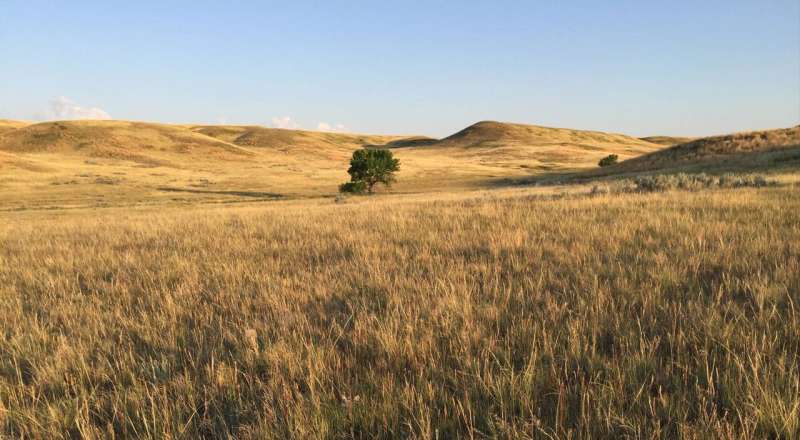Prioritising protection for threatened carbon-storing landscapes

As efforts accelerate to mitigate the threat of runaway climate change through nature-based approaches like large-scale reforestation, a new study led by scientists from the Nature Conservancy provides a timely reminder not to overlook the benefits of improving landscape protection and management in favor of other Natural Climate Solutions (NCS).
Produced alongside Conservation International and World Wildlife Fund, the paper—published today in the journal Nature Climate Change—compares a series of approaches to maximizing the use of NCS to tackle climate change, and proposes a robust decision-making hierarchy designed to guide public and private sector organizations looking to deploy these powerful nature-based approaches at scale.
The study's authors compared different NCS approaches against four key criteria: magnitude of climate benefit; immediacy of impact; cost-effectiveness; and co-benefits for people and nature, like protecting or extending the habitats of imperiled wildlife.
This analysis was then distilled into a hierarchy that lays out a 'protect, manage, restore' approach—whereby establishing stronger protection and management protocols for existing climate-critical landscapes like forests, wetlands and grasslands should be considered the most immediate opportunity to reap cost-effective carbon-storing benefits.
"Importantly, we're not saying that one natural climate solution is necessarily better than another. Provoking that kind of either/or debate is unhelpful," explains lead author Dr. Susan Cook-Patton from The Nature Conservancy. "Large-scale restoration certainly has a role to play in getting humanity out of our current predicament, but we mustn't let the hype around these ambitious and highly-marketable commitments eclipse the fact that some of the quickest and most cost-effective climate wins can actually come from less sexy stuff like optimizing the protection and management of those carbon-storing landscapes we already have," she adds.
The study's authors are also quick to point out the overarching urgency of transitioning away from our global reliance on fossil fuels, as well as exploring other emerging technological solutions, alongside the large-scale adoption of nature-based approaches.
"At a time when governments are having to juggle the cost of their Paris climate commitments while also managing the unprecedented financial pressure from the continuing pandemic, our prioritization hierarchy emphasizes feasibility, including cost-effectiveness. This will help policymakers under pressure to deliver bang for taxpayer bucks—while also delivering on the inherent biodiversity benefits of natural climate solutions," comments co-author Dr. Bronson Griscom from Conservation International, whose 2017 study proved instrumental in cementing global consensus around the potential of NCS.
Elaborating further, Martha Stevenson—senior director, strategy and research, Forests at World Wildlife Fund—said: "When seeking outcomes that are a win-win for climate and nature, the convergence is in the implementation of actions on the ground. We've charted a clear pathway for those actions in this paper: protecting what we have, improving what we can, and restoring where ecosystems have been degraded. Each landscape has its own history of degradation, and its future depends on reversing these trends. Understanding these histories and aligning across actor groups to deliver outcomes that benefit climate, nature and people must be the focus of the next 10 years of our collective work."
More information: Susan C. Cook-Patton et al, Protect, manage and then restore lands for climate mitigation, Nature Climate Change (2021). DOI: 10.1038/s41558-021-01198-0
Journal information: Nature Climate Change
Provided by The Nature Conservancy



















